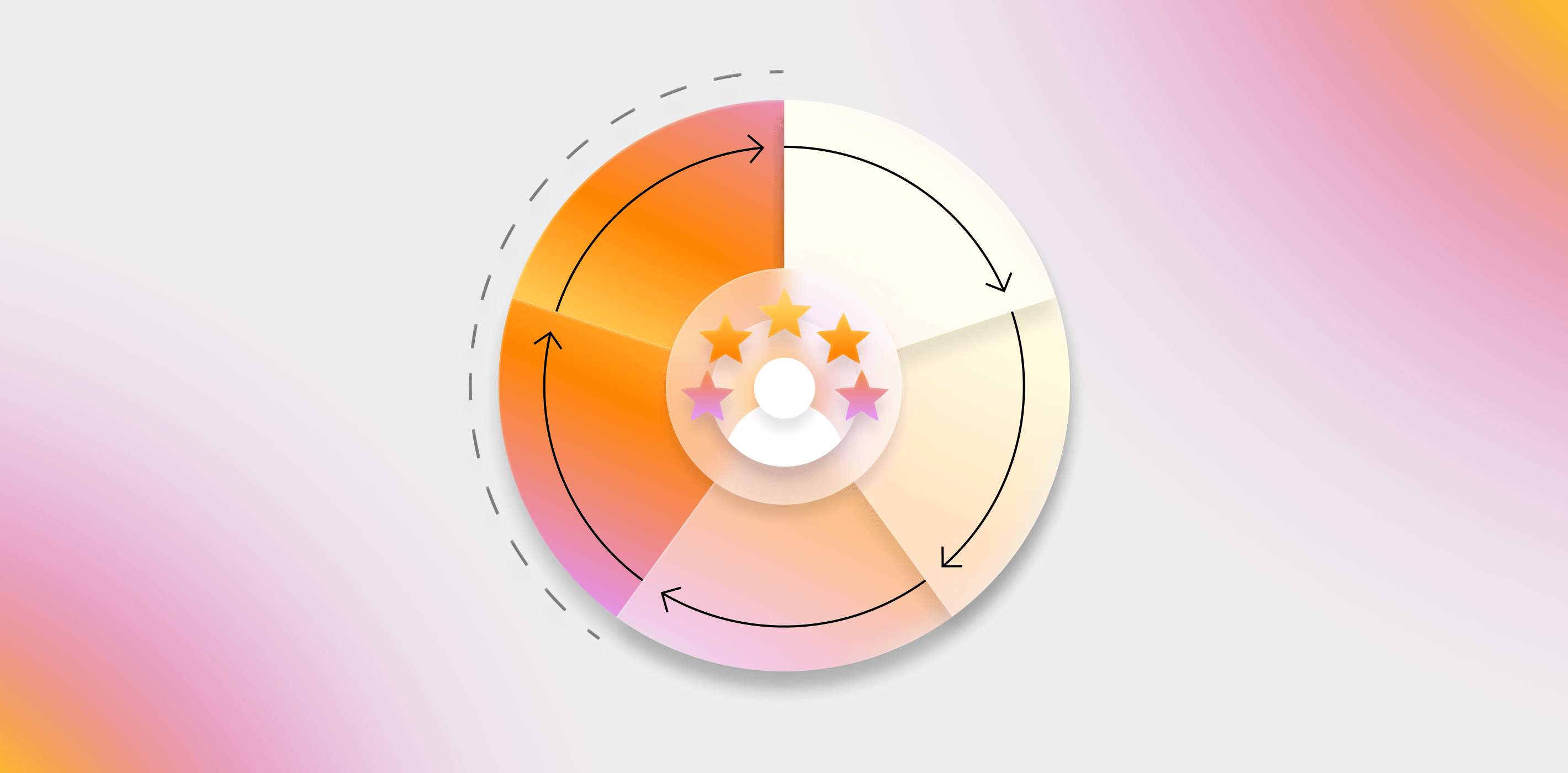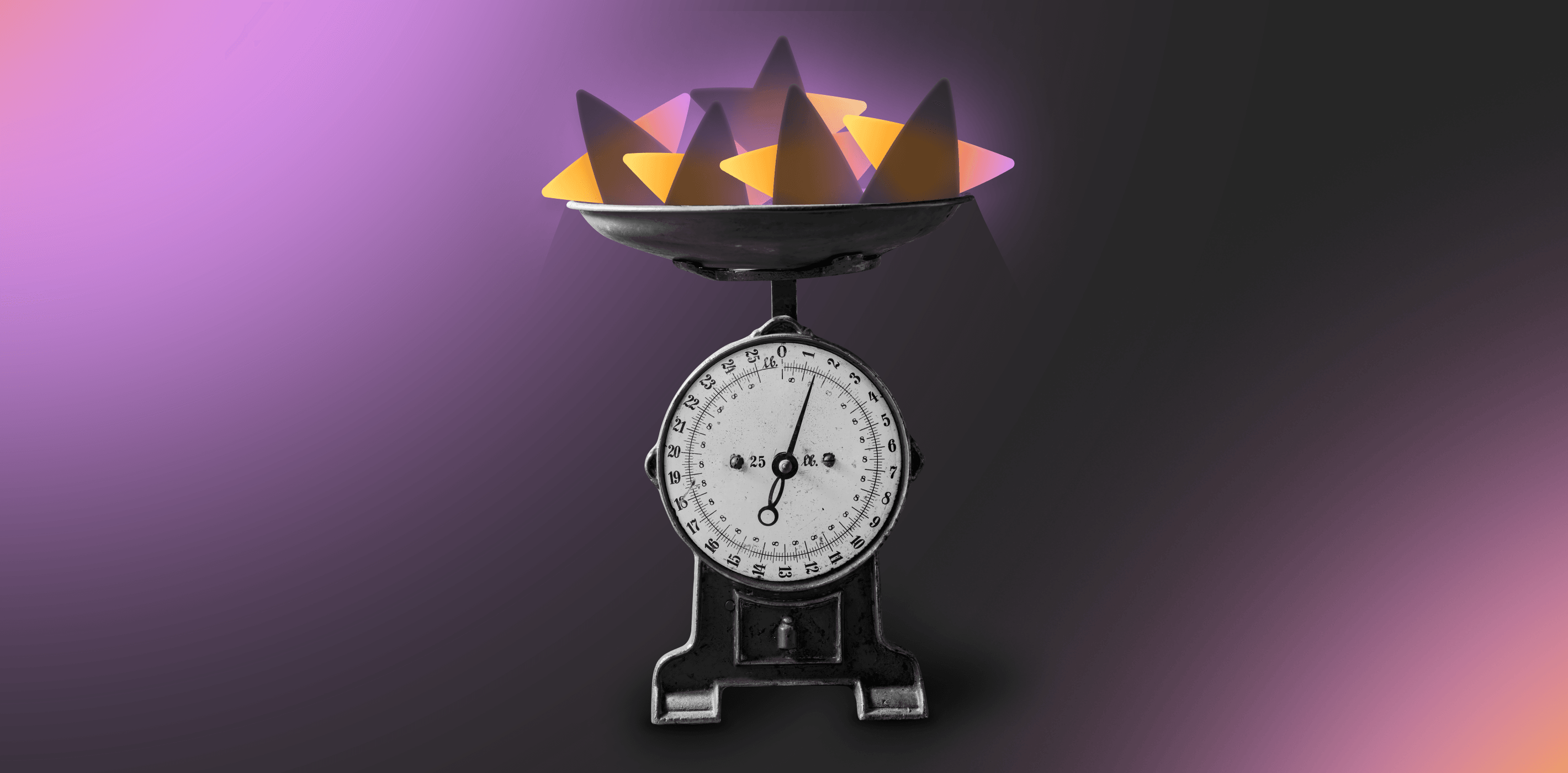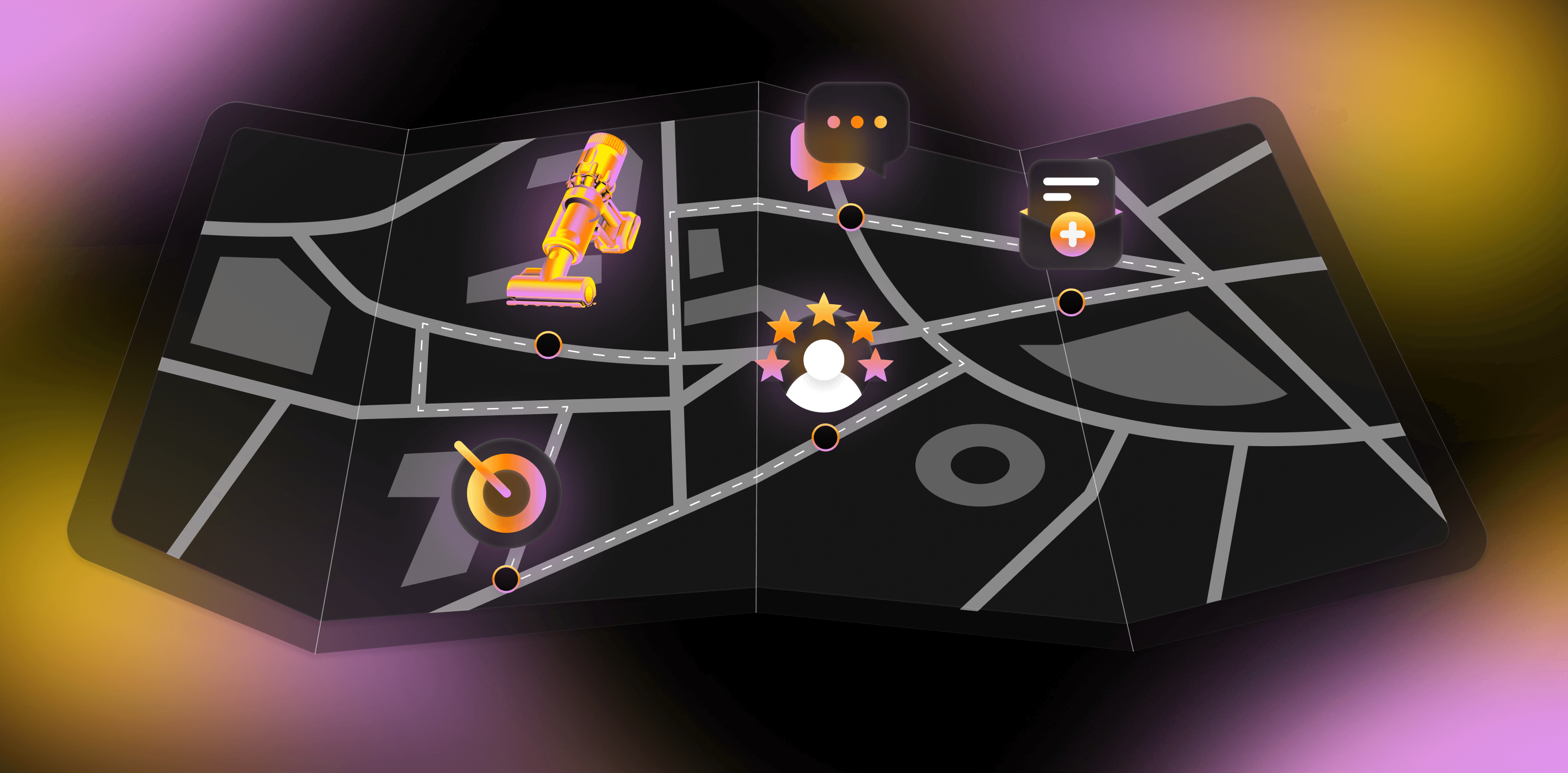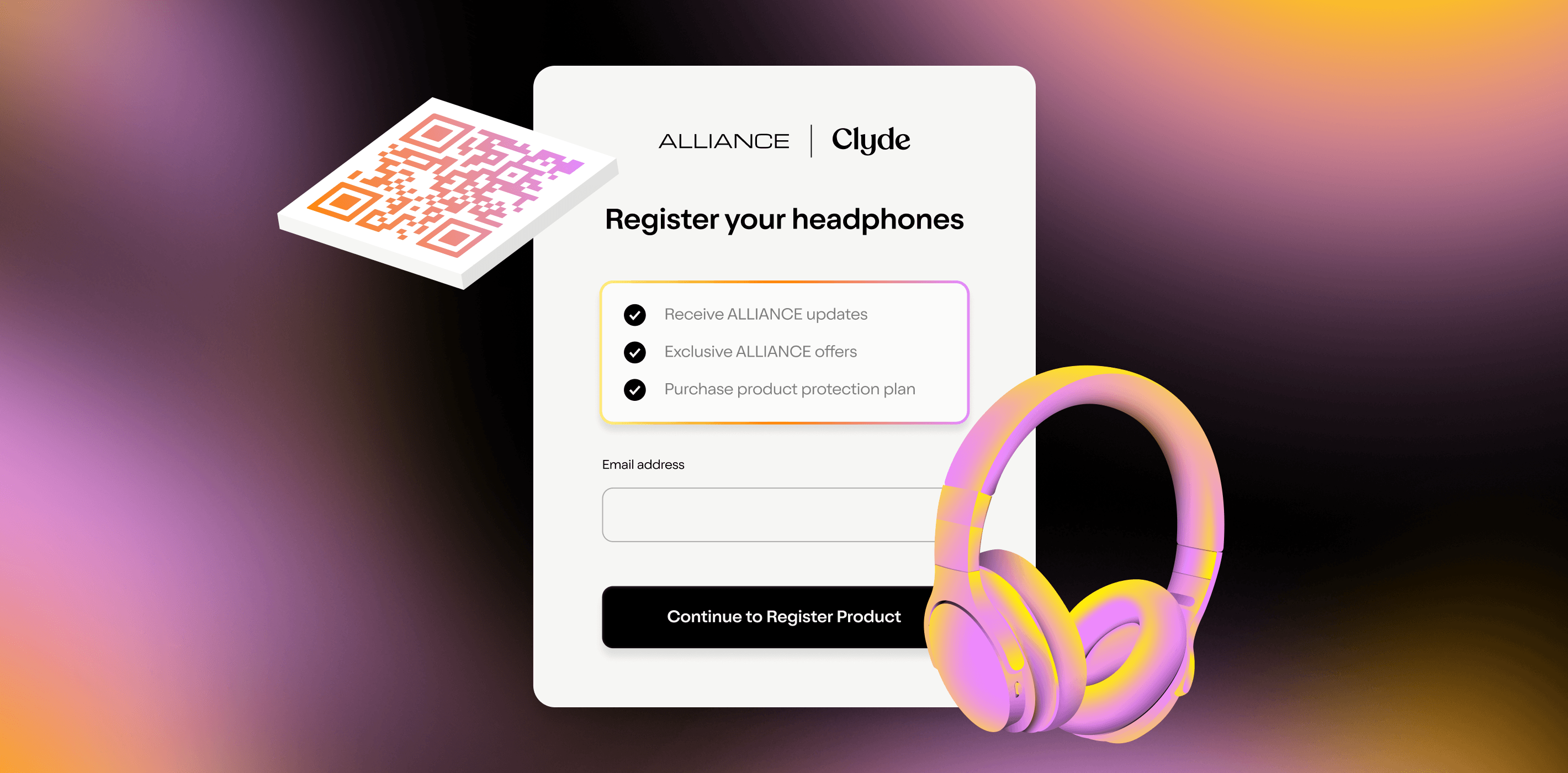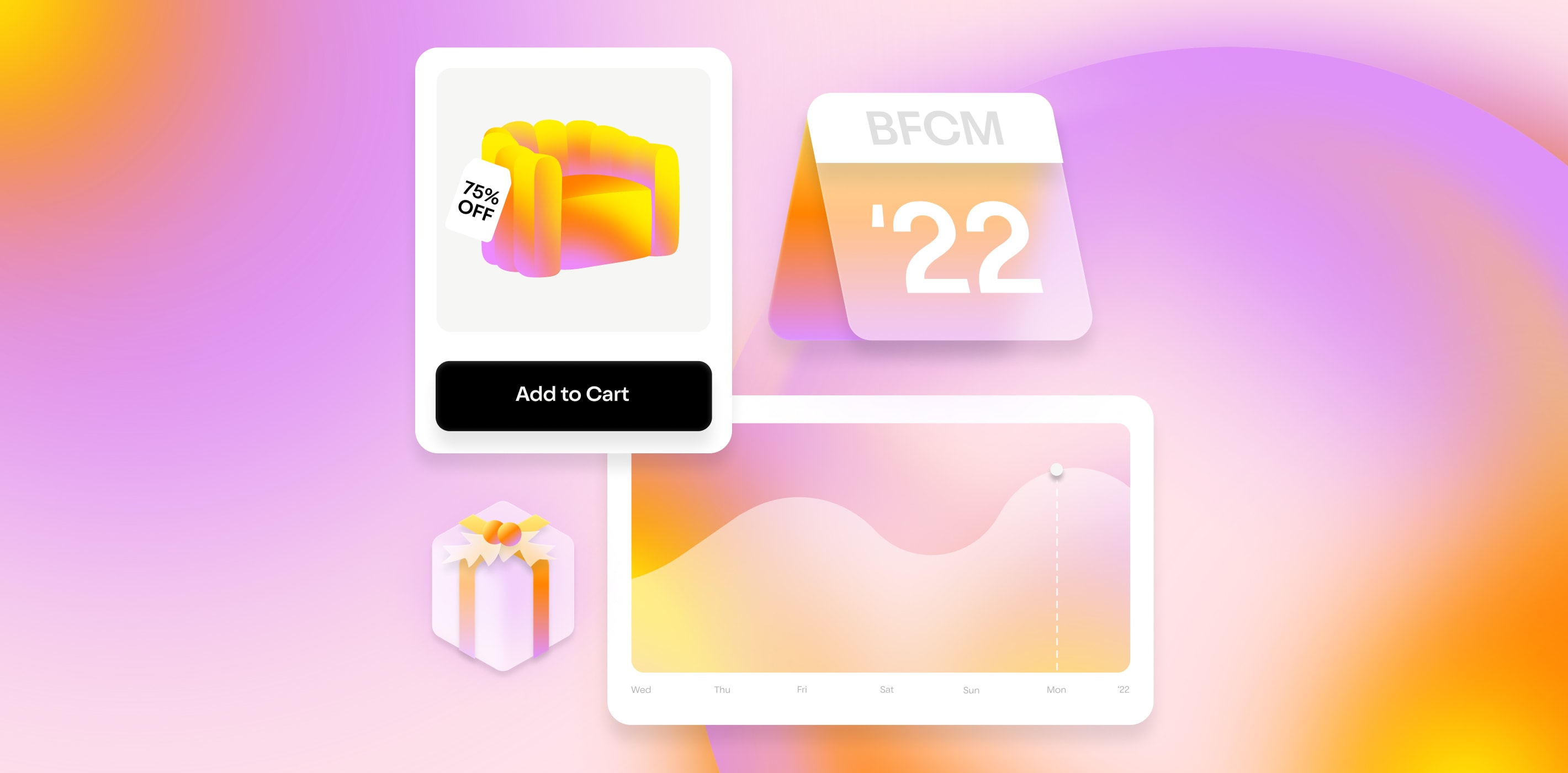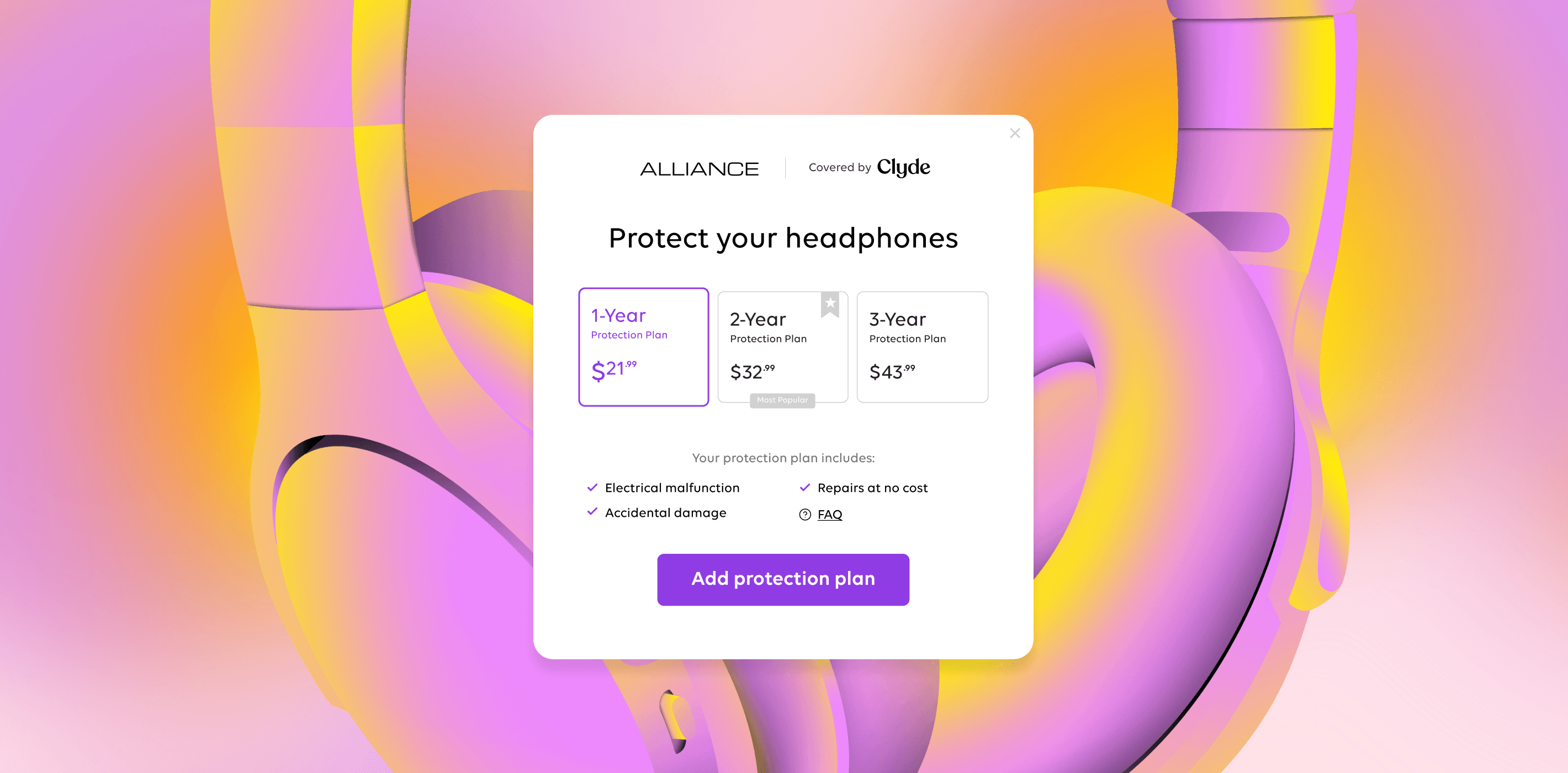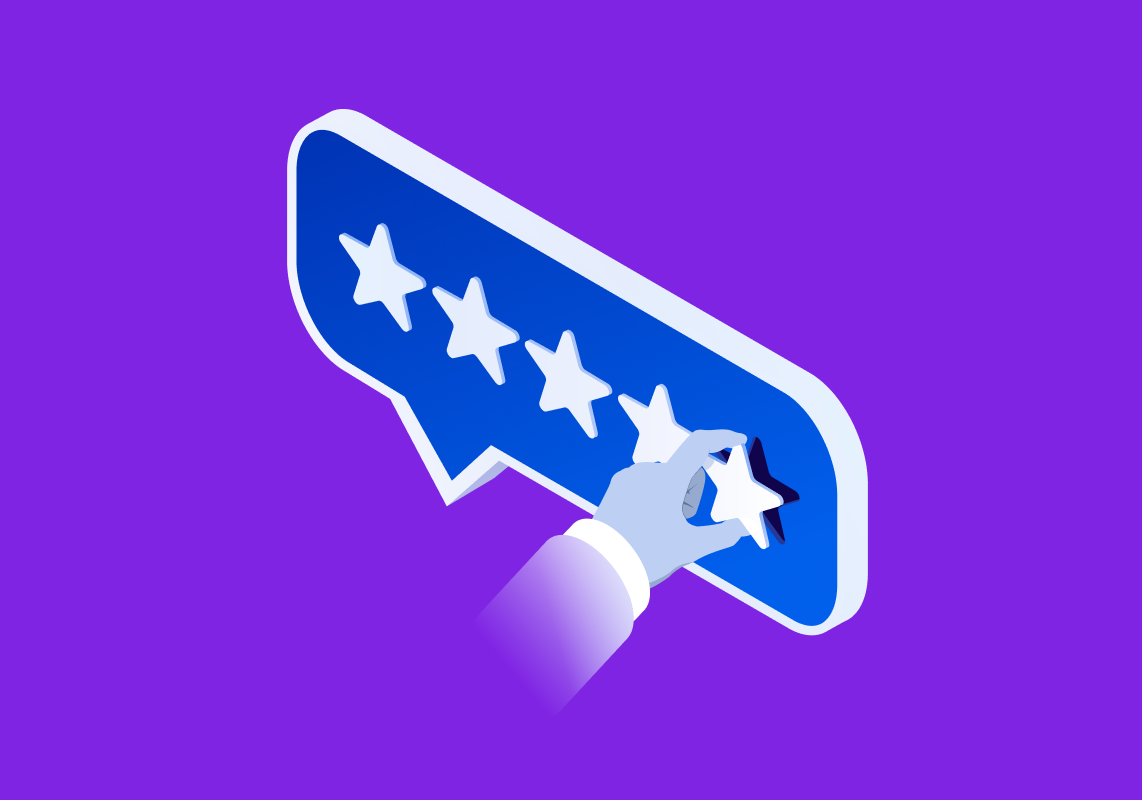The buyers' journey isn’t what it used to be. But when marketers systematically audit and contextualize the shifts they’re seeing in consumer behavior, adapting your ecommerce marketing strategy feels less overwhelming.
Twenty years ago, understanding the buyer's journey used to feel more manageable. A person had a need; they researched options and chose one of them based on that need. All marketers had to do was communicate in a way that convinced people to buy. But in those two decades, the breadth and speed of technology have changed the buyer's journey, which continues to morph as consumers' expectations of brands (and marketing) shift.
Think about how you shopped ten years ago and how you interacted with brands and products. If you’re like me, you might have had Facebook or another social media account (MySpace, anyone?) for a few years but were new to Instagram. You probably bought most of your products in stores, because ecommerce made up just 4.2% of total retail spending in 2010 (and it’s currently expected to make up 31% of market share by 2030 ). And if you had a problem with a product, the options were to go into the actual store or spend way too much time on the phone listening to generic hold music.
How ecommerce marketing strategy is responding to the evolving buyer’s journey
While technology has changed how we expect to connect with a brand in the buyer's journey, it’s also created more opportunities within the marketing funnel for marketers to engage with shoppers and build authentic relationships.
The marketing funnel categorizes stages in the buyer’s journey and provides guidance for communicating with shoppers in each stage, while the buyer’s journey details each step a person takes before making a purchase. Traditionally the buyer’s journey (and marketing funnel) have included three stages:
Awareness: The customer identifies symptoms of a problem they want to solve or need they want to meet.
Consideration: The customer has identified the problem and is researching ways to resolve it, including specific solutions.
Decision: The customer is evaluating and comparing solutions and making a decision.
While shoppers increasingly value personalization and seamless experiences, people also want brands to demonstrate how they will commit to exceeding their expectations . In short, people want to know brands need them as much as they need a brand.
Developing a sense of wantedness for consumers means marketers have to focus on shoppers beyond the traditional marketing funnel of awareness, consideration, and decision. They must shift to a flywheel approach that reframes the buyer’s journey as an ongoing process that includes the phases of retention and loyalty.
Retention: The customer has made a purchase but still requires support and continued engagement.
Customer loyalty: The customer advocates for your brand, repurchasing products and recommending them to others.
What does this mean for marketing leaders? Whether you’re at an enterprise organization or part of an emerging business, a few action steps will ensure your ecommerce marketing strategy is aligned with a changing buyer's journey.
1. Focus on personas before messaging
Effective messaging relies on thoroughly understanding your buyer personas across all stages of the buyer's journey within the marketing flywheel. While you can partially glean these insights from running a customer experience audit (we’ll get to that next), working with your customer service and sales associates is also essential. People in customer-facing roles have firsthand experience that provides persona-building insight into shoppers’ challenges and motivations regarding their purchase decisions.
At a minimum, buyer personas should address:
What problem they’re solving when making a purchase
How and where a target persona consumes information
What stops them from finalizing a purchase
Psychographic traits that speak to their desires, goals, and values
Demographics like age, location, and income
Personas are often created with the ideal customer in mind, but your shoppers won’t always fit into a perfect box. Personas are just the starting point for personalization. Be prepared to continue to personalize based on current consumer behaviors and habits, A/B testing, and customer feedback.
2. Audit your customer experience
In the digital age, a customer can start their journey anywhere, at any time. From a brand’s perspective, the difference between loyalty and loss is where, when, and how that experience plays out. A customer experience audit will help you map your brand’s critical touchpoints — those moments where a shopper can interact with your brand. From interactions to brand perception, you’ll get insight into how customers find and choose your brand through to how they interact with you post-purchase.
A typical CX audit will:
Document the buyer’s journey and the touchpoints they encounter.
Determine the influence of each touchpoint.
Cross-reference customer satisfaction with the impact of each touchpoint.
Create a benchmark that marketers can measure against in the future.
Once you’ve collected and analyzed this data, it’s easier to identify and optimize based on the gaps in the audit.
3. Identify under-resourced stages of the buyer's journey
Following your audit, you can see the gaps in your ecommerce marketing strategy. Many brands don’t devote substantial resources to the post-purchase experience compared to the score of a customer’s lifetime with the brand (like LTV or CLV). That’s not entirely surprising: the traditional marketing funnel focuses so heavily on customer acquisition that we can forget the benefits of maintaining relationships with those hard-won customers.
If your post-purchase experience is under-resourced, some good starting points can be suggesting personalized recommendations, offering proactive, solutions-oriented communication if something goes wrong, and building a feeling of community.
4. Optimize with omnichannel in mind
We’ve all felt the frustration of interacting with a brand only to have to repeat that interaction when we shift channels — it can really sour the experience. In fact, many consumers, particularly Gen Z , choose brands based on how seamless their experience is.
People zig-zag across channels to collect information and interact with brands. The benefit of prioritizing a seamless experience (where context and data can be shared across channels) lets brands quickly grasp shoppers’ desires and activity without putting manual labor back on shoppers' shoulders to repeat their questions, concerns, or desires.
Want some inspiration? Look no further than Warby Parker. The DTC eyewear retailer operates seamlessly across a mobile app, online store, and brick-and-mortar stores. Co-founder and CEO of Warby Parker Neil Blumenthal told PYMNTS that one of their biggest challenges was access. Shoppers wanted to try on glasses before buying and sometimes struggled to access eye exams.
To solve this, Warby Parker launched a mobile app that lets shoppers virtually try on glasses. From there shoppers can purchase a pair of glasses (in-store or online) or start a free trial that lets them try on up to five pairs of glasses at home without ever setting foot in a store. They’ve also launched virtual vision tests, providing a way for people with expired prescriptions to renew them through the Warby Parker app. Customer information is shared across all these channels so whether they’re online, or in a store, they can get the help they need easily.
Before you jump into creating a whole new omnichannel ecommerce strategy, it’s essential to understand the value omnichannel will have for your business and consumers. Otherwise, it’s easy to be blinded by the abundance of shiny new tech , all purporting to solve a world of CX problems.
As consumer expectations continue to morph, so will marketing’s role in meeting those moments of discovery and intent. By understanding your customers and where brands can meet their needs, you’re one step closer to cultivating authentic relationships at every stage of the journey.
Want to explore how product protection can drive authentic engagement in the buyer's journey? Connect with us today to learn more .
SIGN UP FOR OUR NEWSLETTER
